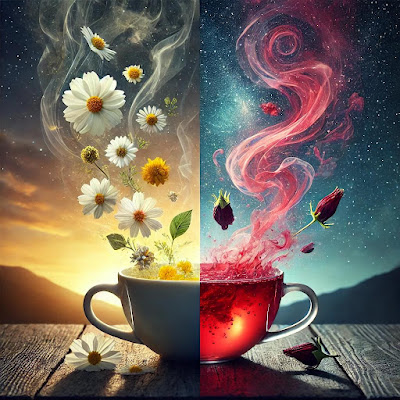Got Lettuce? The Surprising Nutritional Value of America's Favorite Green Vegetable
Got lettuce? Most people would be surprised to learn that lettuce is an excellent food for maintaining healthy bones.
America's favorite leafy green vegetable is an excellent source of vitamin K. This vitamin activates an enzyme that is needed to "glue" new bone in place on a protein called osteocalcin. When vitamin K levels are adequate, osteocalcin circulates in a form that sticks to bone. When vitamin K levels are low, osteocalcin does not stay in place in bone and there is increased risk of fractures.
A ten-year study of women aged 38 to 74 found that the amount of lettuce a woman needs to eat to keep bones strong is not a lot-one serving a day is enough to lower women's risk of hip fractures by forty five percent. Two servings a day or more has no additional effect, and it's only fair to note that not every bone seems to be strengthened by vitamin K. It does not reduce the risk of broken wrists and forearms, only fractures of the hip and spine. Women who take estrogen replacement therapy do not get an additional benefit from eating lots of foods that are rich in vitamin K (lettuce, both iceberg and romaine, broccoli, and oil and vinegar salad dressings).
The lettuces are also a great source of beta-carotene, lutein, lycopene, and zeaxanthin. Maximum amounts of beta-carotene are found in meals that combine romaine and one or more servings of were beef stew, cantaloupe, carrots, spinach, tomato, vegetable juices, mixed meat dishes (casseroles), winter squash, or Cheddar cheese. (It is not necessary to eat all of these foods at one time, just a serving of one or two of the foods on the list.)
Maximum amounts of lutein are found in meals that combine either iceberg or romaine with broccoli, carrots, celery, eggs, greens, oranges or orange juice, or tomatoes. Maximum amounts of lycopene are found in any meal including tomato, especially tomatoes cooked in a little bit of oil, or ketchup, tomato juice, tomato soup, ketchup, and watermelon, combined with one or more servings of apricots, grapefruit, lasagna, persimmons, or pizza. Zeaxanthin is provided mostly by carrots, corn, corn bread, eggs, oranges and orange juice, peaches, and spinach. Lettuce helps fill in the nutrient gaps for all four of these important nutrients.
Why should you care? Lutein protects against colon cancer in both men and women. If you develop colon cancer, the more lutein you consume, the more likely the tumor is to be located where the surgeon can remove it without removing a long section of your colon. If you smoke, lutein is even more important for your colon health than if you don't. And getting lutein is as simple as salad, plus a serving a day of any of the either other foods listed above, spinach, broccoli, tomatoes, carrots, oranges and orange juice, celery, greens, or eggs.
The most important thing to remember about lettuce is that it doesn't really keep. Although no one really knows the effect of storage on other nutrients, clinical research at INRAN in Rome has found that bloodstream levels of vitamin C and other antioxidants increase sharply after eating freshly picked lettuce. They do not go up after eating salad greens that have been stored in gas-filled bags for a week or more, the way it is sold in bagged salads. At the very least, never eat lettuce that is limp or brown along the edges. Browning is a sure sign the antioxidant content of the lettuce has been depleted.
Click to read more about Nutritious Food and Healthy Diets.
Article Source: http://EzineArticles.com/?expert=Robert_Rister
http://EzineArticles.com/?Got-Lettuce?-The-Surprising-Nutritional-Value-of-Americas-Favorite-Green-Vegetable&id=1814603



Comments